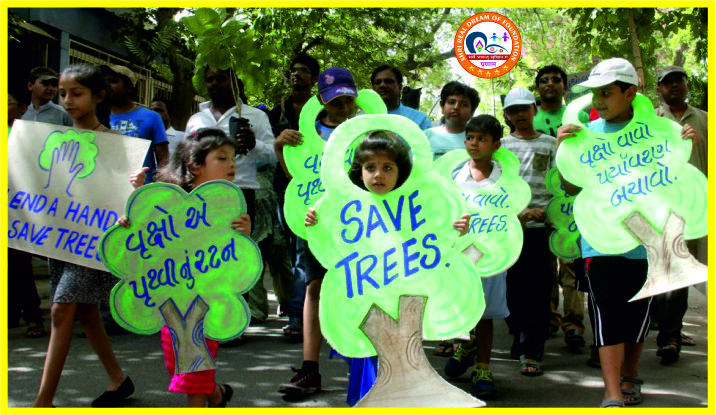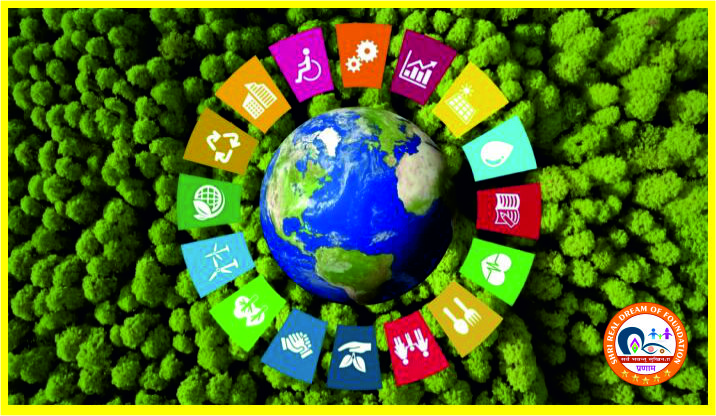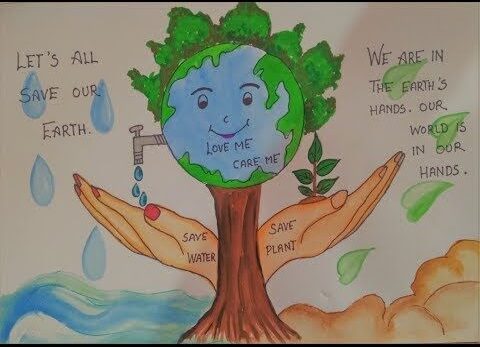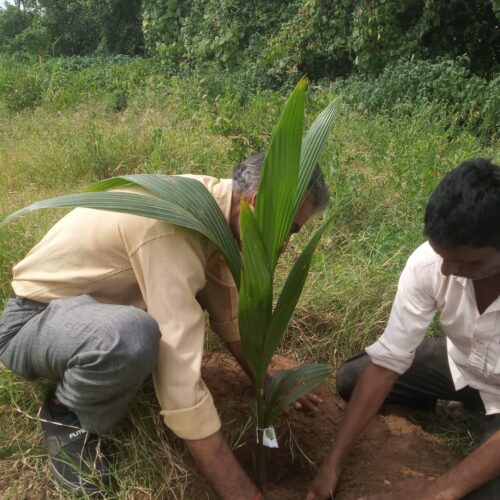About environment protection



As environment is a complex system which includes various component acting simultaneously in a way that all the living beings of various size and habits can exists together. It is very important to understand the relationship of individual components with each other, in case one needs to intervene into the system. Initiatives in Environmental protection start from the understanding of this internal relationship and it concludes in a stage where in spite of the influence of various negative factors the overall balance and internal relationship, remains stable. To keep the environment under stability it is very important to manage the internal resource in a sustainable manner. Hence emphasis needs to be given on generation of resource to mitigate the need of various living beings, mostly the humans. NGO plays a very important role in understanding the internal relationship, in assessment of resource requirement, in planning of resource management, in development of alternative resource generation plan.
What is environmental protection?

Environmental protection is a practice of protecting the natural environment and its resources by an individual or an organization for the benefit of both the environment and human beings. It means protecting our own surrounding in a manner so that we can live properly. To live properly we need fresh air, abundance of fresh water, food and favourable climatic condition and the presence of other living being around us.
Need for Protection of Environment:

Environmental protection is the key for wildlife conservation, as well as it is very important from the well being of humans. A better environment is the key for better living on earth. To live properly we need to protect our environment. In this world with the development we are approaching to degrade our environment rapidly, hence we must start to do something to protect our environment for our own sake.
Role of Government:

Government is protecting environment through different departments by some Acts and Rules like The Wildlife Protection Act, 1972; The Biological Diversity Act, 2002; The Environment (Protection) Act and Rules, 1986, The Environment (Protection) Second Amendment Rules, 2004; Forest (Conservation) Act, 1980, amended 1988; Forest (Conservation) Rules, 2003 etc. In our country all our natural resources are assessed and protected by various departments such as Department of Forest, Geological Survey of India, Zoological Survey of India, Botanical Survey of India, State Biodiversity Board, Pollution Control Board etc. All these departments and working bodies in combination acts for the cause of conservation and environmental protection.

Role of Non Governmental Organization

As our natural resources are spread over entire geographical boundary, within human habitation, in remote inaccessible places. Hence only for the governmental departments it is impossible to maintain or look after those resources in the best possible manner. NGOs come into the picture at this point. NGOs are the organization run by a group of focused people to attain certain objectives. They works on aspects like understanding the internal relationship of various natural resources, assessment of resource requirement and planning of resource management. They also help the government to obtain relevant information for promoting and facilitate the implementation of major environmental programmes. Today, the necessity of environmental awareness and enforcement is more demanding and urgent than ever before. The importance of public awareness and NGOs involvement in environmental protection is acknowledged worldwide. Areas of intervention of these NGOs are environmental protection are awareness generation, resource development and documentation, introduction of alternative livelihood, coordination and assistance with various governmental departments, habitat monitoring management and restoration etc. Many NGOs are working at the international, national and regional levels for the said cause.
